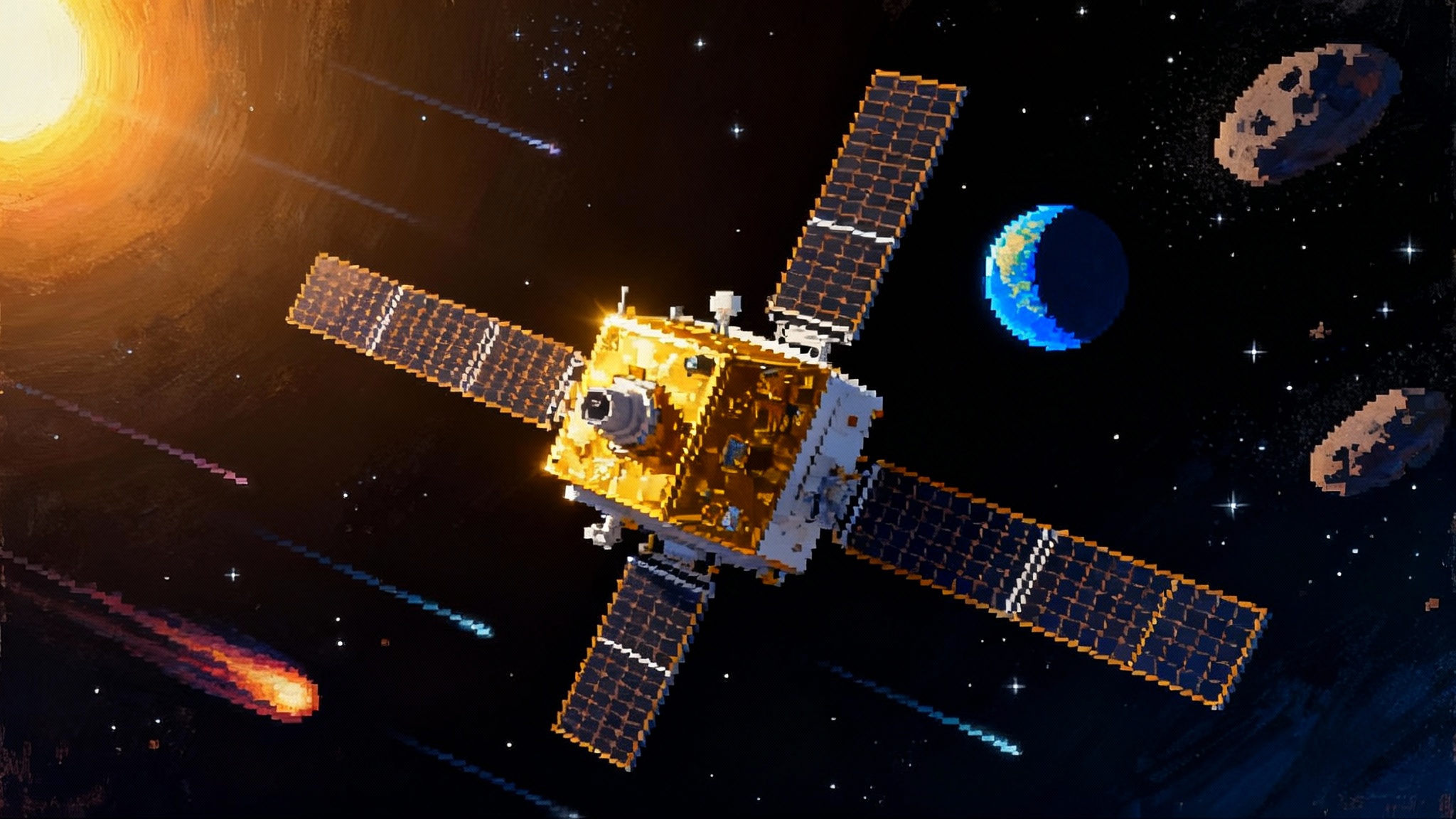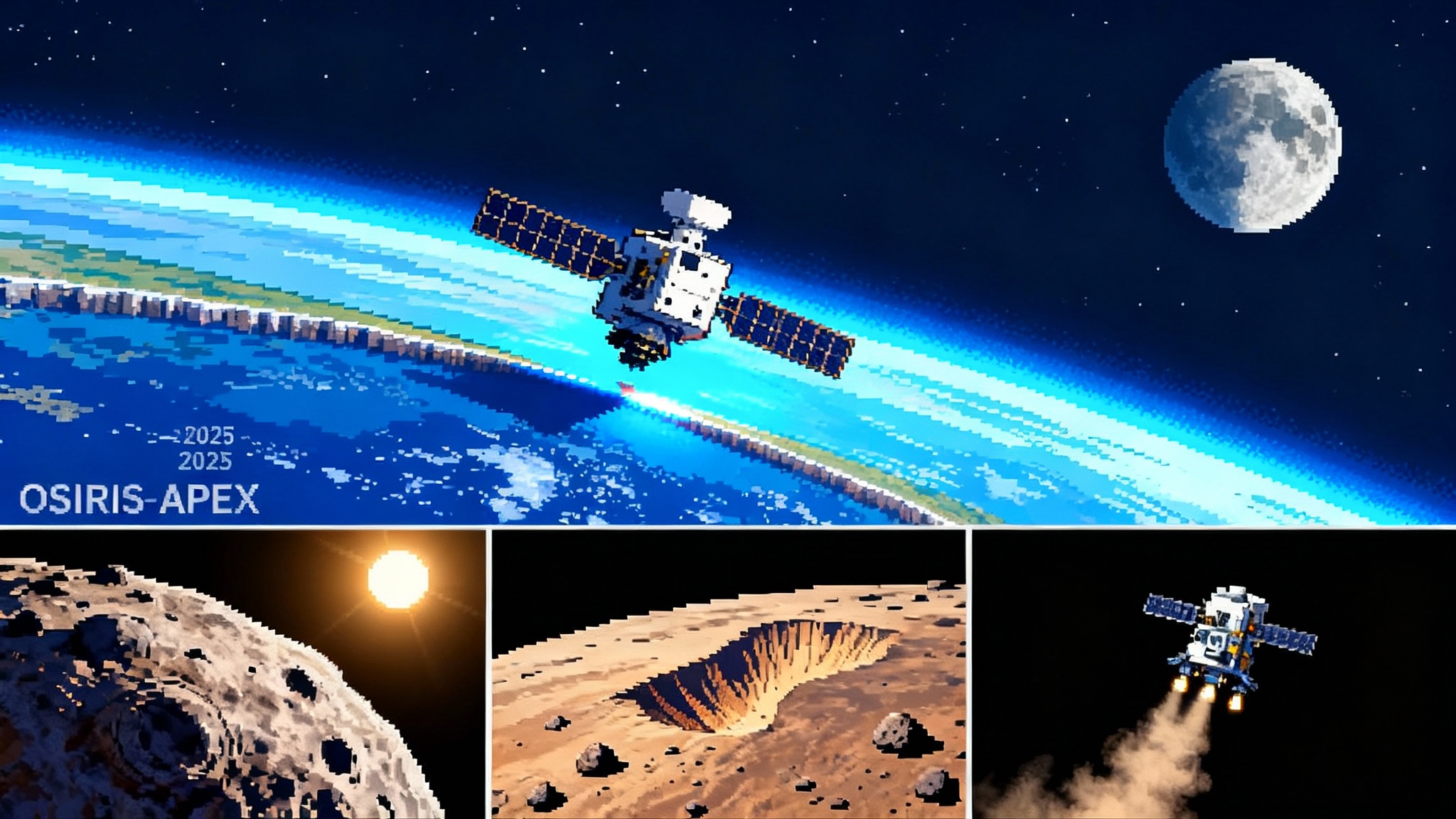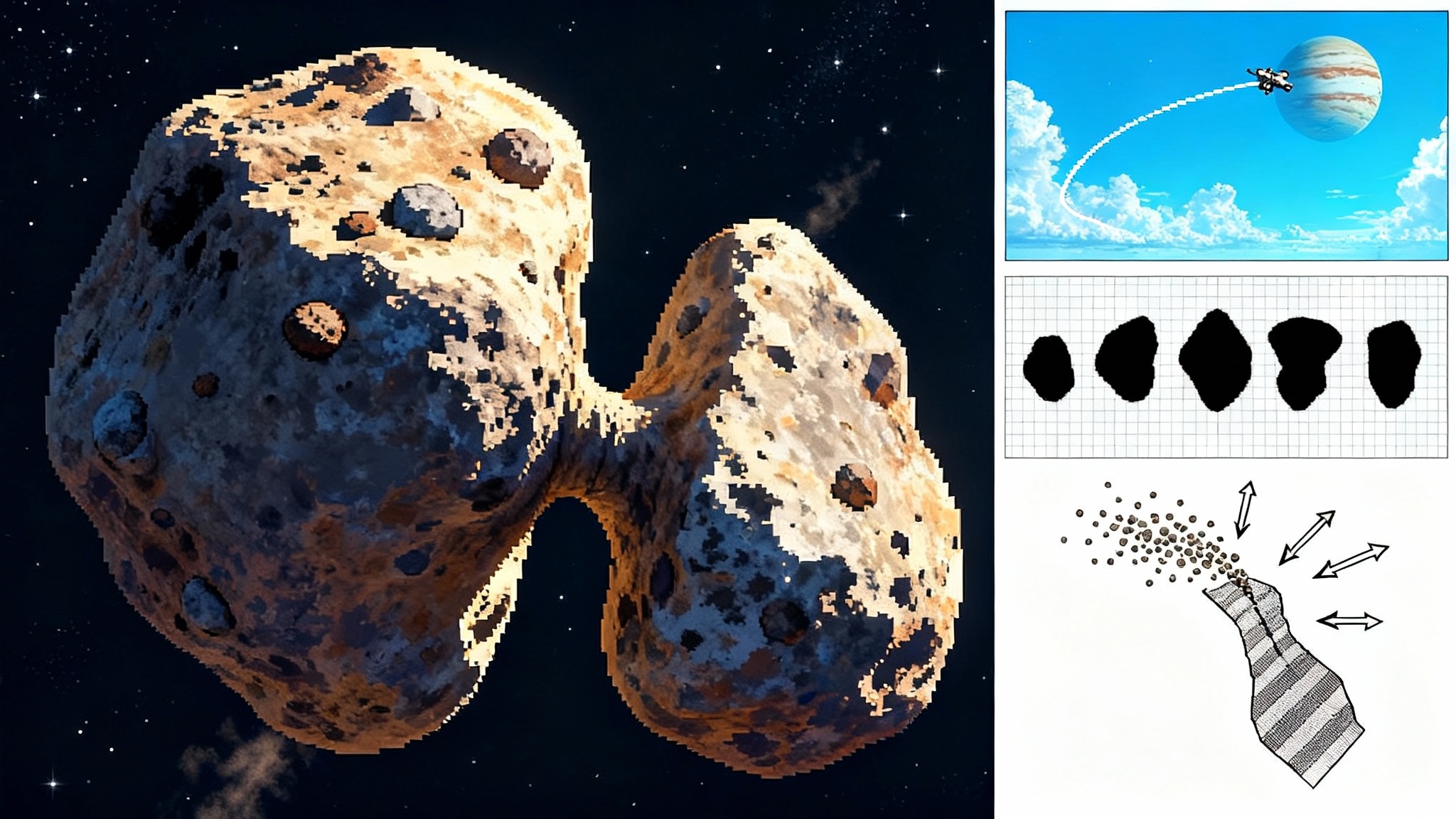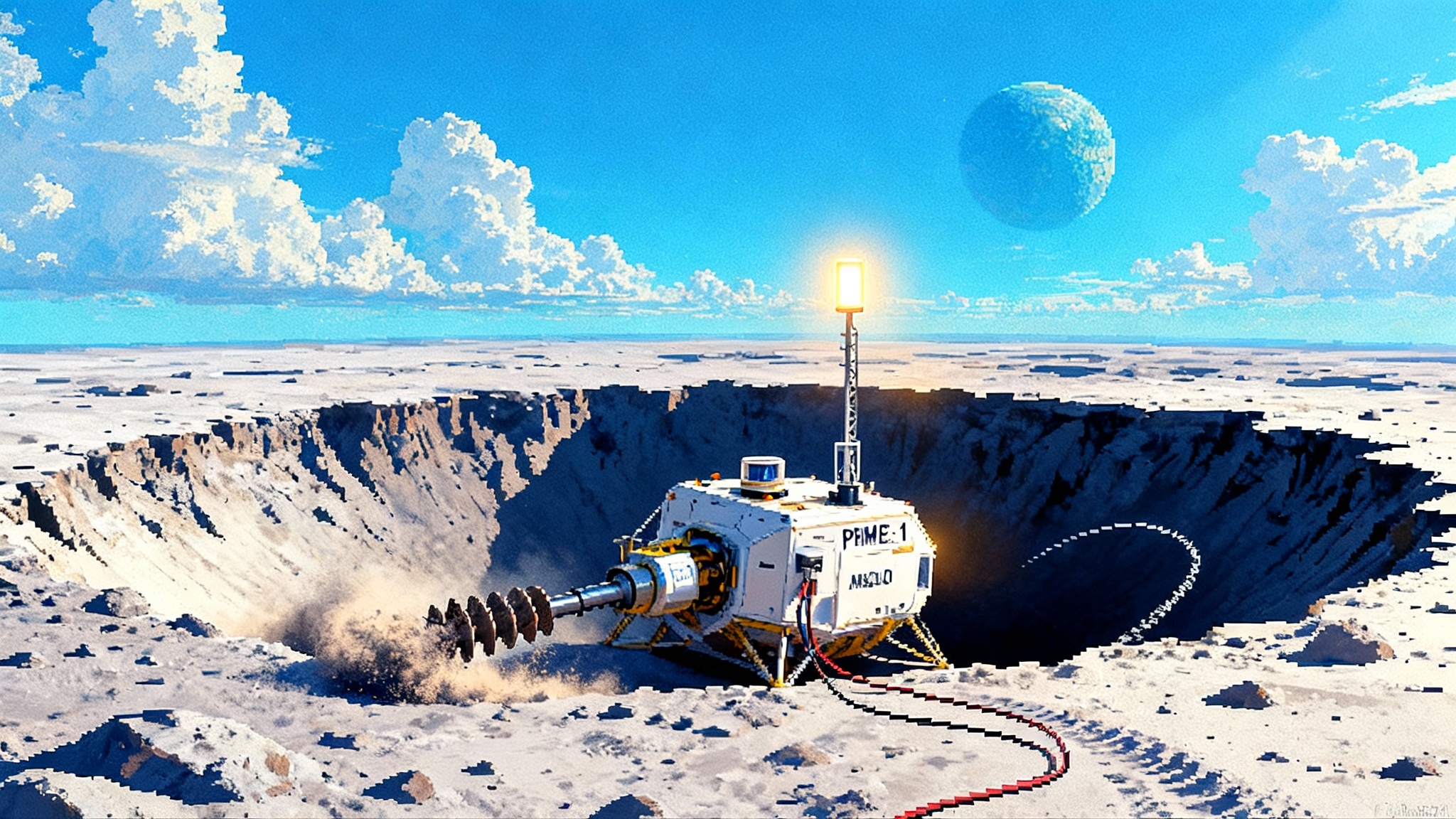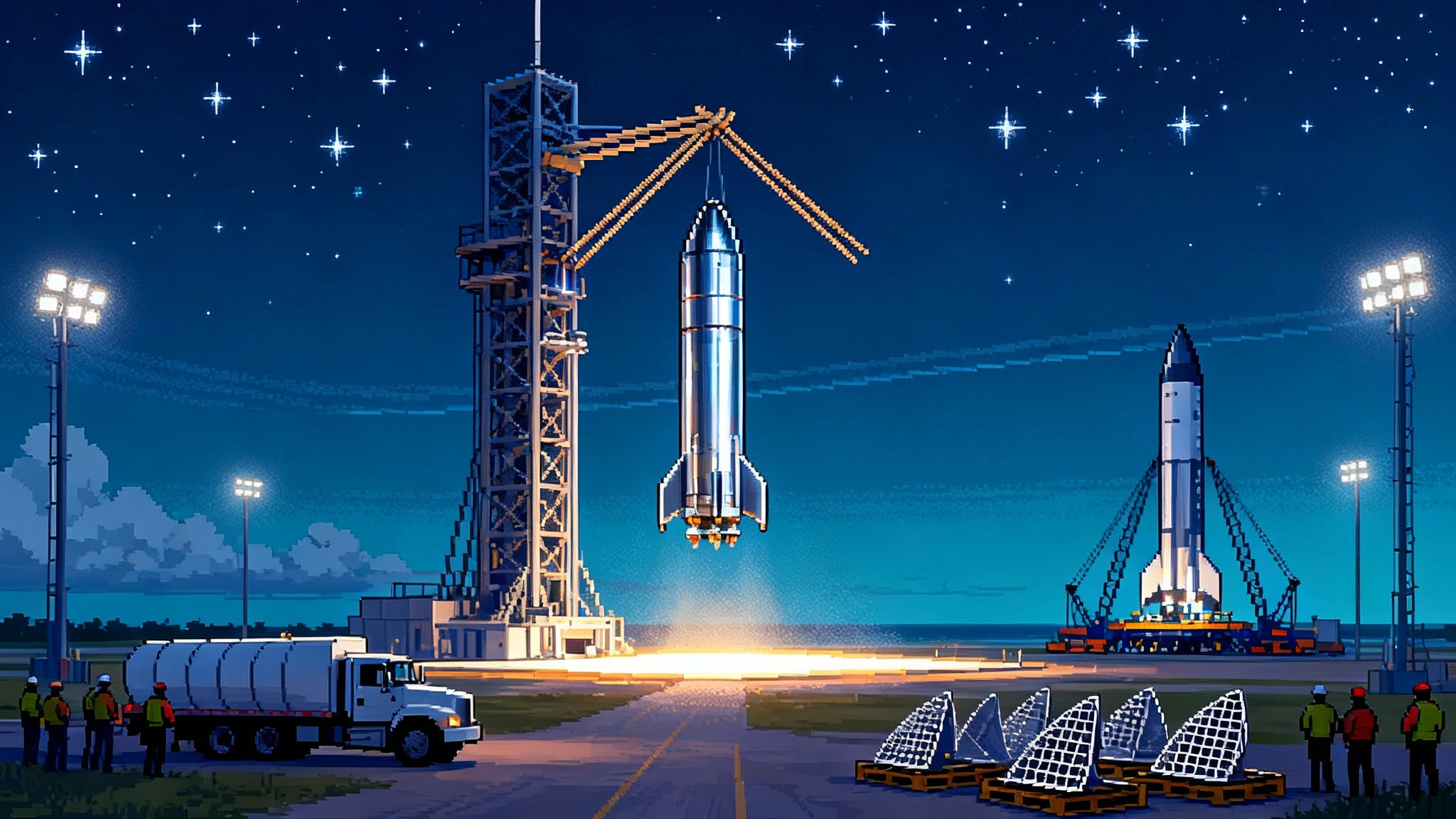The Rover That Unlocks Artemis at the Lunar South Pole
NASA’s Lunar Terrain Vehicle is heading toward a 2025 downselect. Inside the rival designs: how they plan to survive polar night, work the shadowed rims, and turn short landings into a lasting foothold at the Moon’s south pole.
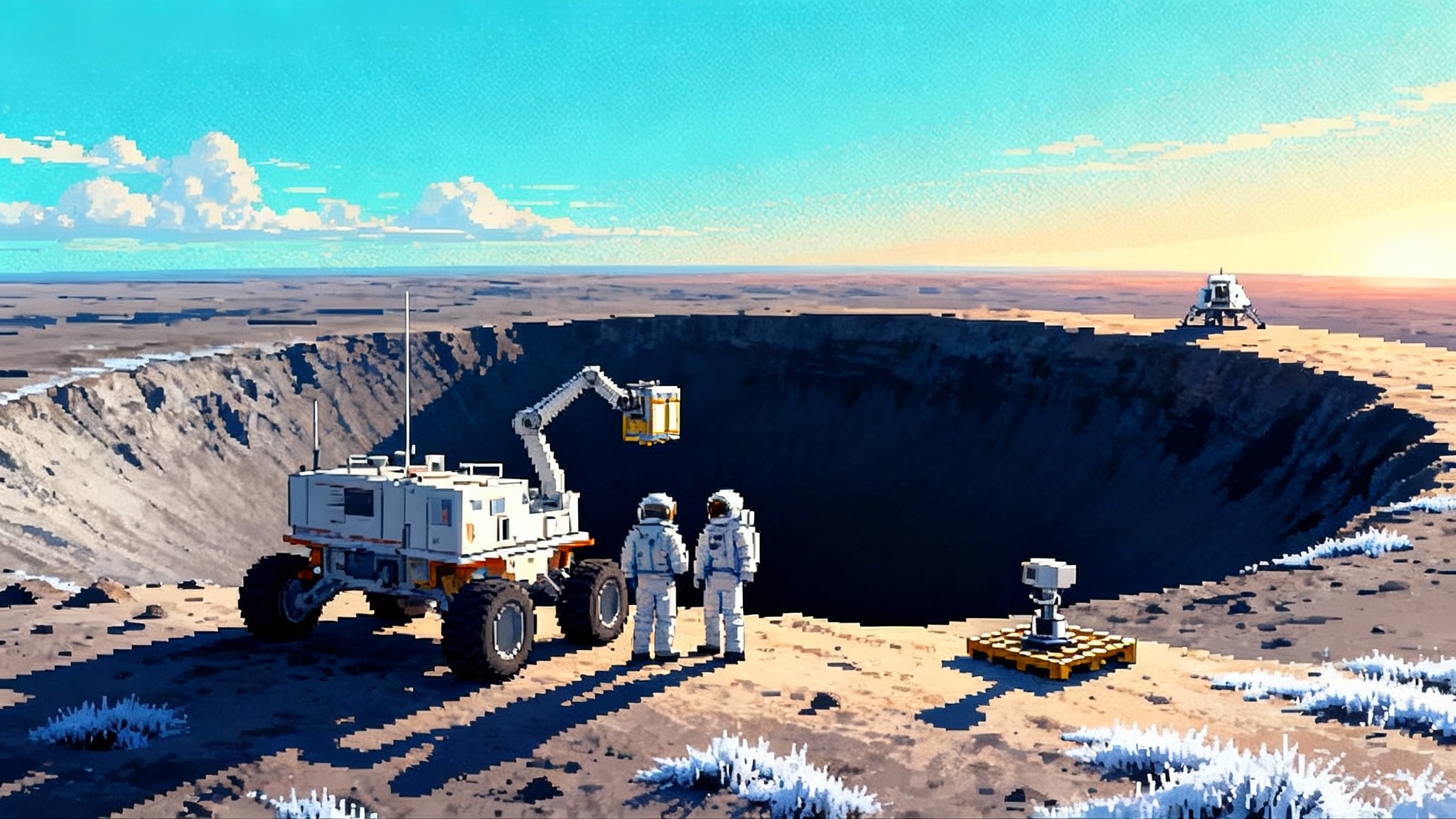
The news that set the wheels in motion
On July 10, 2025, NASA named the first science packages slated to ride its Lunar Terrain Vehicle and confirmed that all three competing rover teams had cleared preliminary design reviews. NASA also said it will pick the demonstration mission provider by the end of 2025. That is the inflection point. The rover will not just carry astronauts. It will scout, sample, relay, and keep science running when no one is around, a mobile outpost for an entire south pole campaign. The instrument choices and design reviews are the strongest signal yet that the agency is about to move from concept art to tire tracks. See NASA LTV instrument selections for the snapshot of that momentum.
The Lunar Terrain Vehicle, or LTV, is the missing mobility layer. Apollo’s rovers turned long walks into real fieldwork. The Artemis version adds modern autonomy, remote operations from Earth, and the ability to live through crushing cold. That shift, from day trip buggy to year round workhorse, is what will turn sporadic sorties into a sustained foothold.
The three way race to the rim
NASA awarded study contracts in 2024 to three teams that have now brought full scale mockups and testbeds into NASA’s facilities for astronaut feedback, a pace familiar from NEO Surveyor clears CDR. Each team has a distinct thesis about what the south pole really demands.
-
Intuitive Machines’ Moon RACER is a pickup truck style rover with a towed trailer option. It is designed to carry two crew and heavy gear, then switch to autonomous logistics when the crew flies home. The company plans to deliver the rover on its own cargo lander and tie it into a growing lunar communications network. The design emphasizes integrated navigation, direct to Earth connectivity when the terrain allows, and a modular payload deck that can swap from geology to infrastructure tasks.
-
Lunar Outpost’s Lunar Dawn team, with Lockheed Martin, General Motors, MDA Space, and Goodyear, leans into durability and night survival. The concept features a reconfigurable cargo bed, a robotic arm for payload handling, and batteries ruggedized with automotive know how. The team markets explicit capability to operate through the two week polar night and to work in permanently shadowed terrain.
-
Venturi Astrolab’s FLEX is a flexible logistics and exploration platform, closer to a lunar forklift paired with a field lab. Its calling card is standardized palletized cargo that snaps on and off quickly. The team stresses heavy payload capacity, crew comfort for long traverses, and teleoperation when uncrewed. The vehicle aims to be the rover that can move infrastructure, not just instruments.
These approaches rhyme, but they do not duplicate. One is a utility truck with a trailer, one is a ruggedized workhorse built for darkness, and one is a cargo forward platform that treats the Moon like a jobsite.
Why the shadowed rims matter so much
The south pole is a world of long, low light and deep black pits. Peaks around craters like Shackleton can see the Sun much of the year. Just a few meters away, crater floors and clefts never see direct light at all. Those perpetually shadowed pockets are cryogenic freezers that trap volatile chemicals, including water ice, which is the starter kit for in situ resource use. Lessons from IM-2 lunar prospecting lessons underscore how quickly operations pivot once ice is within reach.
Operating on the illuminated rim while dipping into the adjacent darkness is the core dance. The rim gives solar power and line of sight communications. The shadow gives access to the science and the resources. The LTV must bridge the two on every traverse. That raises hard questions the three teams are now answering with hardware.
- Perception in the dark: Lidar, radar, and thermal cameras need to work in talcum fine dust at cryogenic temperatures. The rover should sense slopes, voids, and ice cemented soil that behaves more like permafrost than sand.
- Traction and terrain protection: Wire mesh or compliant tires help the vehicle float on powder but still bite into crusted patches. Wheel motors need torque at very low temperatures and sealed bearings that resist abrasive dust.
- Thermal control: Every descent into a cold trap is a sprint against heat loss. The rover must bring its own microclimate, with insulation, heaters, and battery chemistries that tolerate deep cold, then recharge quickly back on the rim.
If you picture a field geologist working at the edge of an alpine glacier, you have the right metaphor. The camp sits in sunlight on the moraine. The science is in the blue ice ten minutes away. The rover is the snowcat that makes the round trips safe and productive.
Autonomy plus teleops, not autonomy versus teleops
From Earth to Moon, round trip latency is about two to three seconds. That rules out joystick driving at speed but it does not rule out humans in the loop. The LTV needs a blended approach: go to waypoint autonomy for long stretches, guarded teleoperation for tricky maneuvers, and a supervisor mode where operators on Earth approve plans and intervene only when the rover raises a flag.
All three teams are converging on similar control stacks. They pair terrain classification and hazard avoidance with a driving model that respects the realities of suited crew. That means big, glove friendly controls when humans are onboard, and software that will not fight the driver. It also means the rover defaults to conservative behaviors near hazards and in darkness. In practice, the sequence looks like this: scout and map a corridor with autonomy, let crew take the wheel for sampling stops, then hand the vehicle back to remote operations for overnight staging and instrument runs.
The strategic value is clear. A rover that can work while the crew sleeps, and continue to work after the crew departs, turns a six day landing into a six month science campaign.
Night changes everything
The Moon’s day lasts about two Earth weeks. So does its night. Near the pole, some ridges see frequent sunlight, but any rover that wants to visit shadowed regions must handle long stretches without direct power and in intense cold. Night survival is not a spec sheet flourish. It changes the architecture.
- Power budgeting: Surviving the night demands tall energy margins. High specific energy batteries are wrapped in insulation and equipped with heaters that sip power. Solar arrays recharge aggressively during short illumination arcs. Every watt saved by a warm electronics box is a watt that can heat batteries later.
- Thermal design: Metals can turn brittle in deep cold. Lubricants thicken or evaporate. Cables shrink and crack. Teams are investing in low temperature materials, hermetic seals, and thermal mass that stores heat while the Sun is up.
- Operations philosophy: If the rover cannot survive night, every traverse becomes a race back to a safe haven. If it can survive, the map opens up. You can stage instruments deep in a crater, leave them recording, then return days later.
This is where the three competitors diverge most in emphasis. Lunar Dawn’s public materials talk directly about operating through the full night. FLEX highlights multi night survivability backed by its power and wheel tech. Moon RACER leans on integrated lander delivery, comms coverage, and a trailer that can carry extra gear. All three are attempting what no lunar rover has done at this scale for this long.
The science and ISRU payoff
The LTV instruments NASA selected point to a first order plan: map minerals and volatiles from the surface, probe the subsurface for ice, and build context for where and how to sample. A surface spectrometer that can sweep a wide swath and a microwave radar that can see tens of meters down is a powerful combo. Together, they can draw a 3D picture of where water likely sits, how it changes with the local microclimate, and what regolith types sit on top of it.
Now pair that with a rover that can yo yo between rim and shadow. You can scout a corridor, measure the subsurface, and mark out safe excavation sites for small drills or corers. You can drop temperature and humidity sensors to watch cold trap behavior through local day and night. You can stage caches for future sample return, then bring back small quantities to a base for baking and analysis.
The result is not just a better map. It is a playbook for in situ resource use. Where can you run a pilot water extraction skid and keep it powered from a ridge. How far can a crew reasonably commute in suits. Where should you pre place spare batteries or radiator blankets for an overnight push. The LTV turns those into solvable logistics problems.
After the downselect: a credible timeline
NASA intends to begin crewed operations with the LTV on Artemis V near the end of the decade. The rover must arrive first, prove itself uncrewed, and be ready as a taxi and tool bench when the lander touches down. The agency’s updates describe the expectation that the LTV will support both science and commercial activities before the crew arrives. See NASA LTV services plan.
Putting those pieces together, here is a practical path once NASA picks a provider by the end of 2025:
- Early 2026: Integrated critical design review focused on south pole lighting, thermal margins, and human in the loop control. Lock down interfaces for the two selected instruments and for a standard pallet or payload frame.
- Mid to late 2026: Build the flight rover and a qualification unit in parallel. Run environmental tests for vacuum, vibration, dust intrusion, and thermal cycles that include cold soaks to polar night temperatures. Conduct astronaut crew assessments with final suit interfaces and rescue drills.
- 2027: Lander integration, end to end communications testing with ground control, and field trials in polar analog terrain. Freeze the flight software and autonomy stack, then execute mission simulations that rehearse rim to shadow traverses with remote supervisors.
- 2028: Launch and landing for the uncrewed demonstration mission. Commission the rover, validate autonomy and hazard detection in situ, and start a telerobotic science campaign. Prove night survival with a controlled cold trap excursion and a planned hibernation and wake sequence.
- 2029: Transition to crewed use for Artemis V, with the rover staged at a pre mapped rendezvous site. The vehicle becomes the mobility backbone for geology traverses, instrument deployment, and resource prospecting.
No plan survives first contact with the Moon. But this sequence matches what the hardware needs and what the south pole’s lighting geometry allows, a shift similar to Flight 11 operational reuse on the launcher side.
What the rover does when astronauts are not in town
A commercial LTV will not sit idle between landings. The services model lets the provider keep the rover busy and sell time. High value lines of business include:
- Logistics for other missions: Move payloads delivered by commercial landers to better sites, rotate instruments to fresh targets, and retrieve data drives or hardware for return.
- Prospecting and mapping: Run systematic resource surveys across a grid of crater rims and shadowed pockets. Deliver a subscription data product for companies planning extraction tech or power stations.
- Infrastructure placement: Tow pallets with small radio beacons, power distribution nodes, or relay masts and place them along traverses to extend communications and navigation coverage for later missions.
- Science campaigns at night: Park instruments inside cold traps and babysit them through darkness, waking periodically to run a scan and check health.
- Training and public engagement: During daylight, conduct low risk demonstration drives near the rim that double as operations training for new ground crews, and produce high grade imagery that builds support for future missions.
For the provider, this is a portfolio business. The same chassis can carry a drill one month and a seismometer the next. It can be a film truck for a lander arrival, then a tow vehicle for a radiation shelter. The flexibility is the product.
What to watch in the 2025 downselect
- Night survival strategy: Batteries, heaters, and insulation are necessary. The differentiator will be how gracefully the rover throttles power at the edge of survival. Expect the winner to show a simple, robust night plan with clear margins.
- Crew ergonomics: The rover must be friendly to bulky gloves and limited visibility. The best design gives the driver clarity with minimal displays and puts common actions within unmissable reach. Crew rescue procedures are part of this story.
- Teleops maturity: Look for clean demonstrations of low drama remote operations in complex terrain, not just pretty field tests. A capable supervisor mode and clear exception handling will matter more than showy full autonomy clips.
- Payload handling: A robotic arm, a pallet standard, quick change mounts, and safe tie downs will separate a true lunar utility vehicle from a science rover with seats.
- Communications plan: Direct to Earth windows are rare in the south pole valleys. Providers that can tap relay assets or host their own surface relays will keep the rover productive.
The bottom line
NASA’s instrument picks and vendor design reviews turned the LTV from an idea into a near term decision. When the agency downselects by the end of 2025, it will not just be picking a car. It will be choosing a south pole operating system. The rover that wins will need to be fluent in twilight and darkness, in human and robot teamwork, and in the mundane logistics that make science possible.
The payoff is big. A mobile, night capable, teleoperable rover turns scattered landings into a coherent campaign. It stitches together the illuminated ridges and the cold traps. It carries the lab to the sample and brings the sample back to the lab. If the next twelve months deliver a smart pick and a disciplined build, the first tire tracks at the south pole will not just be a photo op. They will be the start of a road network.
